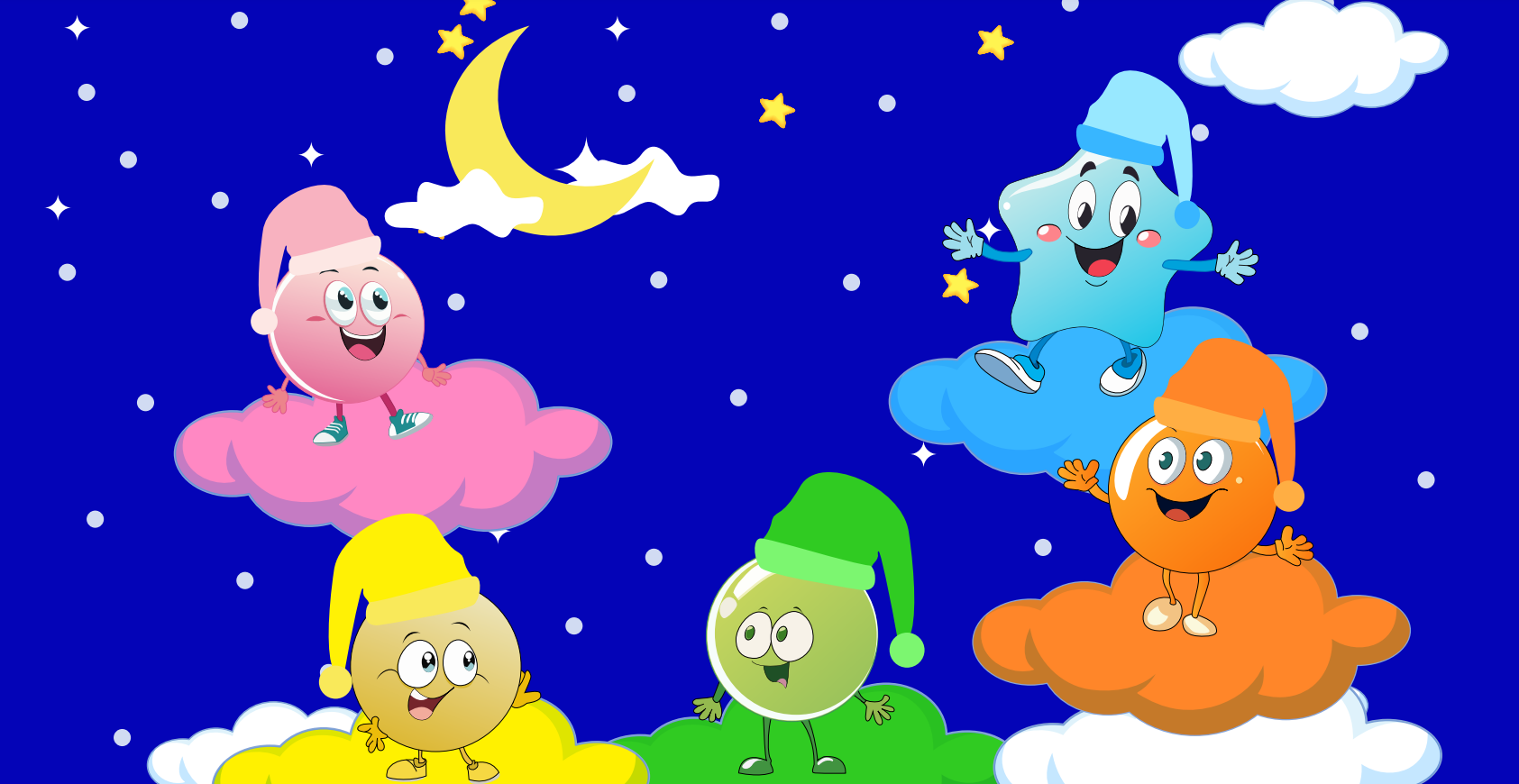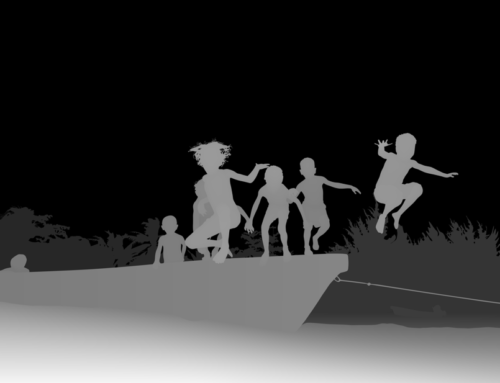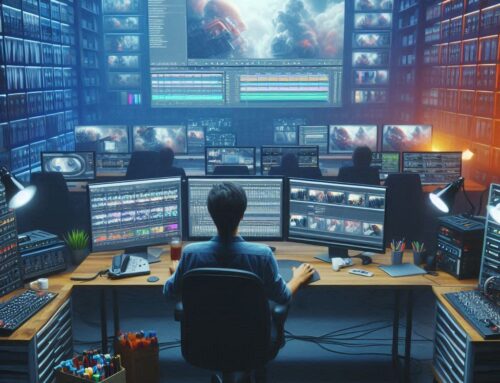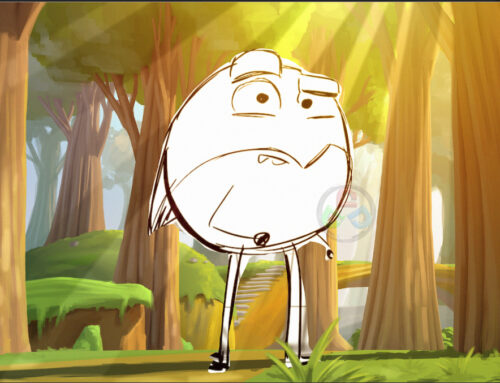Types of 2d animation: A World of Artistic Possibilities
Introduction: Types of 2d animation

In the vast landscape of animation, 2D animation holds a cherished place as a timeless and versatile medium. From the classic hand-drawn animations of yesteryear to the modern digital creations of today, 2D animation continues to captivate audiences with its charm and artistic expression. This blog delves into the diverse realms of 2D animation, exploring the various kinds that have graced screens, big and small, over the years.
Traditional Hand-Drawn Animation:
The roots of 2D animation trace back to traditional hand-drawn animation, where artists painstakingly create each frame by hand. This labor-intensive process, synonymous with classics from Disney’s golden age, delivers a unique and organic aesthetic that remains iconic in the world of animation.
Cel Animation:
Cel animation introduced a more efficient approach to hand-drawn animation by separating the characters and backgrounds into transparent celluloid sheets (cels). This technique allowed for reusing static elements across frames, streamlining the production process while maintaining the charm of traditional hand-drawn animation.
Stop Motion Animation:
While often associated with three-dimensional animation, stop motion finds its roots in 2D animation as well. Frame-by-frame manipulation of physical objects or cut-out characters creates a distinct visual style, evident in the works of early pioneers like Lotte Reiniger’s silhouette animations.
Digital 2D Animation:
The advent of digital technology revolutionized 2D animation, offering new tools and techniques for artists. Digital 2D animation allows for greater flexibility, efficiency, and the incorporation of intricate visual effects. Software like Adobe Animate, Toon Boom Harmony, and TVPaint have become staples in the digital 2D animation toolkit.
Cut-Out Animation:

Cut-out animation involves using pre-existing elements or characters, often digitally created, and manipulating them to create movement. This technique provides a balance between the fluidity of hand-drawn animation and the efficiency of reusing elements, making it popular for television productions.
Motion Graphics:
While not traditionally considered animation, motion graphics involve the movement of graphical elements to convey information or enhance visual appeal. Animated logos, explainer videos, and title sequences are examples of how motion graphics contribute to storytelling and brand communication.
Rotoscoping:
Rotoscoping involves tracing over live-action footage frame by frame, creating an animated version of the original video. This technique can yield lifelike animations while offering a unique blend of reality and stylization, as seen in films like “A Scanner Darkly.”
Puppet Animation:
Puppet animation, or cut-out puppetry, involves creating characters and scenes using jointed puppets or articulated figures. The movements are achieved by manipulating the puppets frame by frame, producing a distinct aesthetic seen in works like “South Park.”
Conclusion:
The world of 2D animation is a rich tapestry woven with diverse techniques, each contributing to the unique appeal of the medium. From the nostalgic allure of traditional hand-drawn animation to the dynamic possibilities of digital techniques, 2D animation continues to evolve, adapt, and enchant audiences across the globe. As technology advances and creative minds explore new frontiers, the kaleidoscope of 2D animation promises to unfold even more mesmerizing stories and artistic wonders in the years to come.



